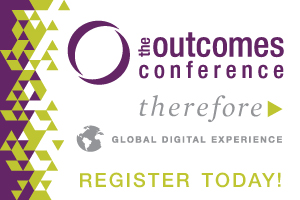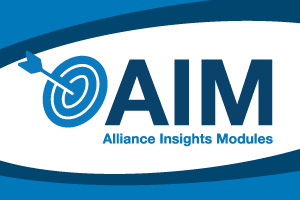
Developing an Organization of Stewards By Kent Wilson
Learn a Practical Approach to Developing an Organization of Stewards
Stewardship is not just for leaders or organizational executives. Our basic definition of stewardship, the management of resources belonging to another in order to achieve the owner’s objectives, encompasses almost anyone who has been given resources by another to manage, sustain, or develop on the owner’s behalf. This certainly includes the staff and volunteers that work for your organization. They may be stewarding a department budget, an organizational program, other people as a supervisor, or at minimum a specific role and responsibility. So how do we develop an organization of stewards?
A steward leader’s job is much easier when those around him or her share the same stewardship beliefs: the importance of recognizing the rights of stakeholders, the accountability that results from those rights, what it means to manage resources at hand as a steward, and the freedom that comes from being motivated by a servant attitude.
There are a number of practical approaches that executive leaders can take to assist staff members to have the mindset of stewards. It begins by embracing the role and mindset of a steward yourself first. Share your perspective frequently with the rest of the staff. Take advantage of numerous opportunities to explain the implications of your own stewardship as you try to influence the core identity of your staff members. You want staff to understand that you don’t merely have stewardship duties, but that at your core you view yourself as a steward and you’d like them to see themselves as stewards as well. Create opportunities to talk with the staff about specific aspects of stewardship that they may never have thought about before.
Especially consider leading your staff through the following exercise in which every person wrestles with the meaning of stewardship and their own stewardship role in the organization:
Briefly review who stewards were in history and in the Bible. Read the Parable of the Talents (Matt. 25:14-30) and explain how each steward did or did not fulfill their stewardship responsibilities.
1. Explain the difference between stewards and stakeholders (the implicit owners of your organization). Then have a group conversation with the employees about who the stakeholders of your organization are. Write their answers down on a whiteboard to be visible for a later exercise. Briefly point out that some stakeholders are more important to the organization as “moral owners” than others, and circle several that you would put at the top of the list.
2. As a group, brainstorm another list of all of the various resources that everyone in the organization has been asked to manage on behalf of the stakeholders. Write the answers on a whiteboard for everyone to see. If you think they are missing important resources, suggest several of your own to add to the list.
3. Give the employees ten minutes to individually make a list of the resources that they personally steward in their role. If people have trouble making their list, encourage them to talk with their teammates or other employees with similar positions.
4. Once everyone has completed the list of resources they steward, organize them into small groups of 3-4 or department groups to share their lists. One by one, employees read their lists out loud to the small group, encouraging teammates to add additional resources to one another’s list.
5. Now direct employees to work individually again for 5-10 minutes to write their own stewardship declaration. It’s a short paragraph that finishes the thought, “I am a steward here at XYZ organization when I . . .” To help them know what to write, read your own stewardship statement that you have prepared beforehand as an example.
6. To conclude, ask for a few volunteers who are willing to read their personal stewardship statement. Encourage every employee to post his or her stewardship statement in a prominent place on his or her desk.
When you visit employees at their desks in the future, occasionally ask them to read their stewardship statement to you and affirm the importance of their stewardship to the organization.
####
Kent Wilson (PhD) is a leadership coach and nonprofit leadership specialist. After running nonprofit organizations for 30 years, he now serves as an executive coach with Vistage International and program coordinator for CLA’s Leader2Leader peer advisory program. He is also co-founder of the Steward Leader Initiative, and frequently trains boards in steward-governance.
Have you reserved your place for the Outcomes Conference April 4-6, 2016? Be sure to register today to take advantage of the best rates of the year. CLA members who register four at the same time earn a fifth registration free.
Don’t miss out on the leadership training event of the year.
 www.OutcomesConference.org
www.OutcomesConference.org

What is Christian Leadership Alliance?
Christian Leadership Alliance equips and unites leaders to transform the world for Christ. We are the leaders of Christ-centered organizations who are dedicated to faithful stewardship for greater kingdom impact.
Sign up for FREE blog updates.
Upcoming Events
Check back later!



